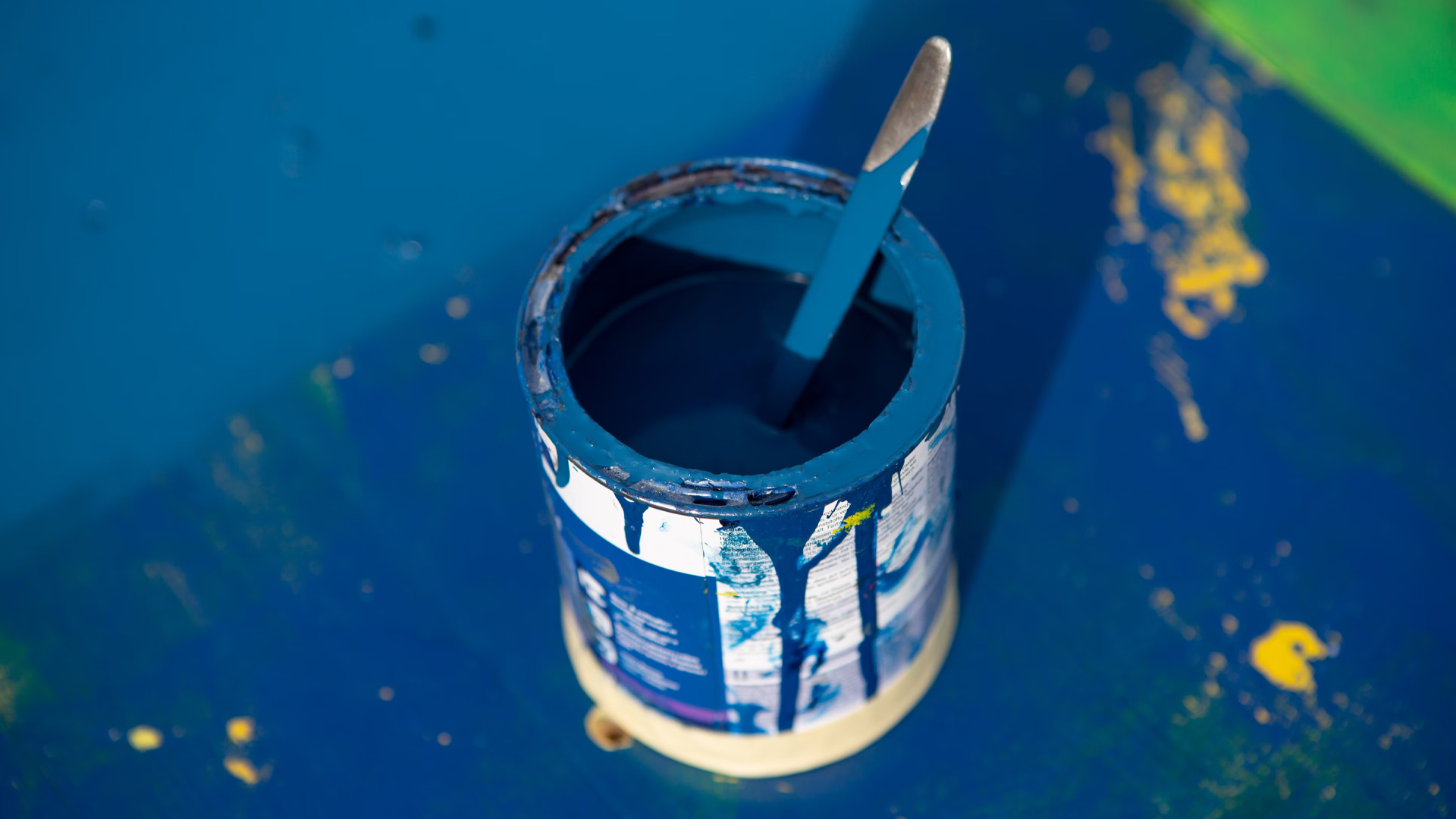Key Take Aways
Main causes of wet interior walls: condensation (warm air meets cold surfaces), poor ventilation, rising damp (moisture from ground via failed DPC), penetrating damp (water ingress from cracks, roof or gutter leaks), and pipe leaks.
How to identify the issue: look for discoloured or flaking paint, mould, musty odours; use moisture meters or seek professional diagnostics.
Condensation vs penetrating damp: condensation yields droplets and occurs on cold surfaces, while penetrating damp shows as stains, wallpaper bubbling and water ingress from external sources.
Internal treatment strategies: fix leaks promptly, improve airflow (extractor fans, open windows, trickle vents), maintain background heating, deploy dehumidifiers and hygrometers, seal wall cracks, and apply damp-proof coatings or membranes.
Structural solutions: install or repair damp-proof course (DPC) to block rising damp, external waterproof coatings or repoint brickwork to prevent penetrating damp, and ensure proper drainage, gutter maintenance, and sloped landscaping.
Mould prevention: address moisture first, then treat with anti‑mould agents, ensure adequate lighting and ventilation in basements, attics, kitchens and bathrooms.
Preventive upkeep is essential: regular inspections of pipes, drains, roofs, and rendered walls; maintain insulation, ventilation, and waterproof paints or coatings to avoid recurrence.
Damp spots, whether in your living room or your bedroom, make the building look bad. Wet interior wall the house are also bad for health and the building itself. Stones, plaster, tiles, expensive wallpaper, and wood can get worse when they are wet.
People often don’t take it seriously and choose cheap solutions that hurt and cost them more. Many things can cause a damp spot on the inside wall. You must determine why walls are damp to remove them.
Damp spots on walls also have many negative aspects. They need to look better and do not detract from the overall look of your home decor.
Wet interior wall can also weaken the immune system and cause breathing problems, such as asthma and allergies.
How to spot damp patches on wet interior wall?
Building foundations are damp if they have condensation or other moisture. In hot and rainy seasons, moist walls are easy to spot.
If unchecked, moisture can destroy the building’s structure.
You may not notice damp spots on the inner walls as they worsen. After finding wet interior wall, fixing the problem may be difficult.
If parts of a house are damp, too much water is in the air. This water often shows up on floors, walls, and ceilings.
Water or wetness entering your home can lead to a dampness problem. Other than mist around the window panes, this could be caused by several different things.
Here are a few ideas:
- Overflows and lines that leak or break.
- Broken or missing roof tiles let water in.
- Clogged gutters.
- Windows that let water in.
- A dishwasher or washing machine that is giving off water.
- A musty smell may be the only early symptom of a problem.
Look at walls, floors, and ceilings for signs of moist spots in a property. Check for wet spots and look under floors and walls that appear to rise.
You can feel the dampness growing in your home by running your hands over the affected area. If it feels wet, you should be able to tell that plaster salts are there. These are white bits that got into the plaster from the bricks.
- Move your hand over the salts and listen for a small crunch if there is wallpaper.
- A house with mold or mildew on walls, floors, or ceilings may have moist spots.
- Walls with little drops of water on them.
- Walls or plaster that have spots that are dark or changing color.
- Windows with too much condensation all year, not just in the winter.
- Wood that has rotted, like skirting boards.
Potential Causes of wet interior wall
Other things could be if a leak isn’t the reason for wet patch on internal wall. Look at this:
A leaky roof
If your roof tile is cracked, rainwater could get inside, showing up as wet spots on the walls or ceiling. The fact that there is only one patch could be because cracked roof tiles let water into your home slowly. The damage from the water may be much worse than you think, but it hasn’t hit the walls yet.
A broken window seal
Like a roof that leaks, window seals that don’t work right can let water into your home. Most likely, this is what causes the damp spot if it is near a window. If you find any wet patches on walls around your window frames, you should fix them with a new sealer. The frames of your double windows could also be broken.
Condensation Buildup
If your home lacks airflow, condensation from daily life could let water build up and cause damp spots.
Most of the time, moisture builds up in your kitchen and bathroom. However, beds can also be moisture hotspots because every person in your house breathes about 2 liters of water every night. Improving airflow can prevent wetness from building up and causing damp spots.
Poor insulation
Cold spots on your walls will show up if the insulation that keeps your home warm is broken or insufficient. One common reason for this is old vents that are covered up but need to be insulated better. This could cause cold spots on your walls that get wet when the air is damp.
Rising damp
Rising dampness is one of the main building problems caused by dampness. It can happen if the damp proof course in your outside wall breaks, letting water get into the inner cavity wall. At first, this might look like small spots if it has damaged your hollow wall ties.
Since these rust and break down, the main structural link between your hollow and outer walls also breaks down. This must be fixed immediately, or your walls could break or fall.
Broken gutter
If your gutters are broken and rainwater hits the same spot outside your house, it can cause damp spots inside. Water is not meant to rush against most building materials, even the weak ones. If the gutters aren’t working right, water can get inside the building. However, gutters can break or get clogged.
How can I stop the wet spots on the inside walls?
You can avoid this by putting good waterproof chemicals in the DPC (Damp Proof Course). This will make the whole DPC waterproof. Any plastic sheet can be used for DPC, but it will likely tear while the brickwork is done.
If condensation is to blame for the wet walls in bedroom, the problem is easy to fix. If your home doesn’t have enough air flow or is too wet, it can lead to damp spots on the inside walls. These are when warm, damp air meets a cooler surface, usually on the inside wall. In this case, a coat of paint that won’t get wet is a great way to protect it for the future.
Conclusion
Usually, damp spots on inside walls are fixed by lowering the amount of moisture and improving the house’s ventilation, fixing building or structure flaws, or adding a new damp-proof course (DPC). Finding the reason for wet spots can be a headache because there are many possible reasons. But once you consult with AWC & find the reason and get rid of it, the spots will never return.





